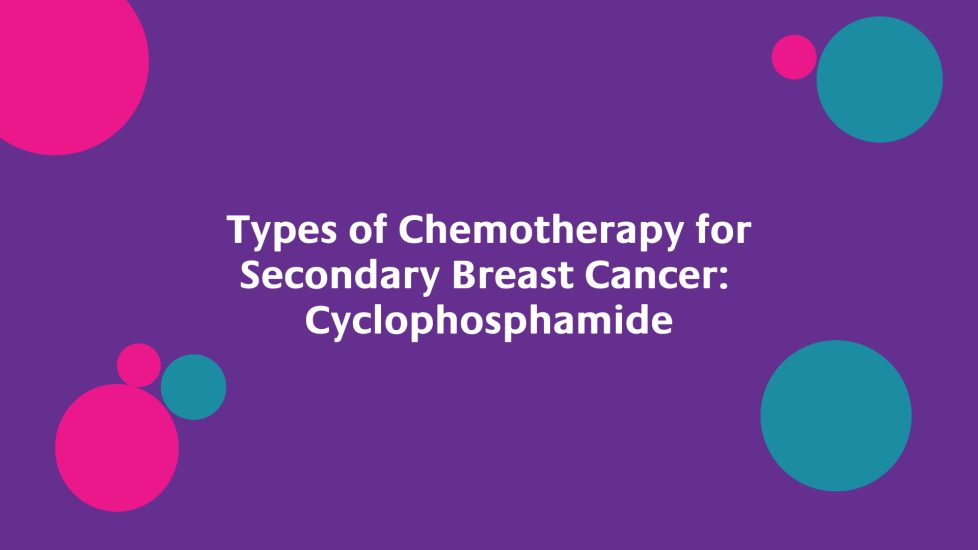8th January 2022 by Jack Allan

Next in our series covering different types of chemotherapy is Cyclophosphamide
Cyclophosphamide is a type of chemotherapy drug used to treat a number of different types of cancer including breast cancer, lung cancer and leukaemia.
Cyclophosphamide can be taken on its own, or in combination with other chemotherapy drugs. It works by damaging the DNA of cancer cells.
Cyclophosphamide is given usually through a vein by injection or infusion (intravenous, IV) or by tablet form swallowed whole with plenty of water, depending upon diagnosis.
Common side effects can include:
Please always speak to your medical team if you experience any of these side effects.